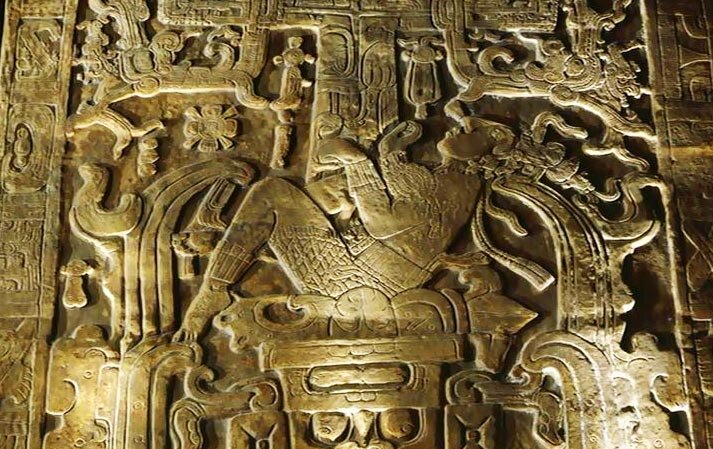“Good art” is different for everyone, and only you can judge for yourself. However, because we’re not so different, you and I…there are qualities that can help us distinguish quality art. Before you turn your nose up at this snobbish notion, I want you to consider the following:
Art has a way of captivating our attention. Our attention becomes us. If “you are what you consume”, then it stands to pay attention to the quality of art which you “consume” or create. This guide outlines certain traits that artists and admirers pay attention to in order to discern high or low quality in the artwork.
Emotional impact.
A vivid story or uplifting music, good artwork changes our world, by making us remember it. Sometimes the impact occurs long after you have seen it. Sometimes you cry within minutes and never forget the moment. Careful not to mistake subtle emotion with no emotion. A calm nurturing work of art will not have the first impression as something shocking or disturbing. You have to tune yourself to the artwork to see.
Painting by Johannes Vermeer
Innovation.
This is the most difficult aspect to achieve with an educated audience, and is a divine pleasure if accomplished. It seems like everything has been done already and yet there is more that has not. To discover something new is transcendent. A mind expanding concept changes our reality forever.
Ceramic Sculpture by Ken Price
Quality artworks long live.
That means that on the physical realm, they are archival. There was thought and craftsmanship put into the creation to make sure that it lasts. The enemies of artworks are formidable forces such as UV rays fading colors, expanding ice exploding ceramic, water and oxygen corroding seemingly invincible metals and the list goes on. Nothing seems to be permanent in the face of time, yet we can marvel today at artworks created by hands and minds of lost ages. We can thank quality craft, or conservation methods, either way it becomes good art.
Mayan Sarcophagus Carving of King Pakal
Mature art leaves room to grow.
The meaning of a quality work of art isn’t a fixed value. For a child, it may have a surface meaning or effect and as one matures with more experience, that artwork can grow with them. Re-issuing meaning yet remaining the same thing. You could say that it’s us who change and glean different values from art. However, the artist is usually working intentionally to bring truth to the light, and the truth is multifaceted.
Painting by: Gustav Klimt
Relatable concept.
The pure academic pursuit of discovering novel concepts can lose sight of all the other aspects of good art. If it goes too far, then it ceases connect with us. The best is an idea so good that another wants to explore it further and continue an extra-generational dialogue. Nothing can put out the flame of an intriguing concept.
Lithograph by Maurits Cornelis Escher
Beautiful art is in harmony with life.
Saying “good art is beautiful” doesn’t explain how it is beneficial. As you may have noticed, all life is organized in order to function. On an atomic level, molecular level, biologic level, a cosmic level you name it. What we observe is that there is an order or structure where there is life.
Geometric Garden Fountain Courtyard
You reading this are alive. You resonate with beautiful things like yourself. You can tell when artwork is beautiful, and that art is good for you. An artwork even void of symbolic or narrative meaning, is good if it resonates with you through its’ structure. Something about you may crave a certain color, or angles, and that may be fulfilled by an artwork.
Art shouldn’t be harmful.
Not psychically, chemically, mentally, energetically, etc. This point is subjectively nuanced. There’s plenty of artwork out there that is astonishing in a museum but would you take it home with you? Would you live with it? There are equally moving and positive artworks but unfortunately, you might pay the price with your health to have them. On a more insidious note, the creation of the artwork shouldn’t have harmed the artist in the making of it. No more licking brushes with cadmium, or inhaling toxic vapors from lead glazes or turpentine.(Paint Use is Linked to Artist’s Cancer - New York Times, 1981) We just want to be healthy so we can continue doing what we love when we’re at our most mature and wise. Here’s a positive empowering comic by a fellow artist that battled cancer. If you are an artist not sure about hazards in your discipline, I suggest Health Hazards Manual for Artists 6th Edition.
I’m curious what you think, whether we have some common understanding or something was neglected. If you are curious about a topic, don’t be shy, leave a comment.
DZ






